Why are eastern redcedars dying?

As Leyland cypress, Italian cypress, and even Arizona cypress have cratered under attack of Seiridium canker and redtip photinias have been blasted by Entomosporium fungal leaf spot, our native eastern redcedar junipers (Juniperus virginianus) have stood strong as tall screening plants.
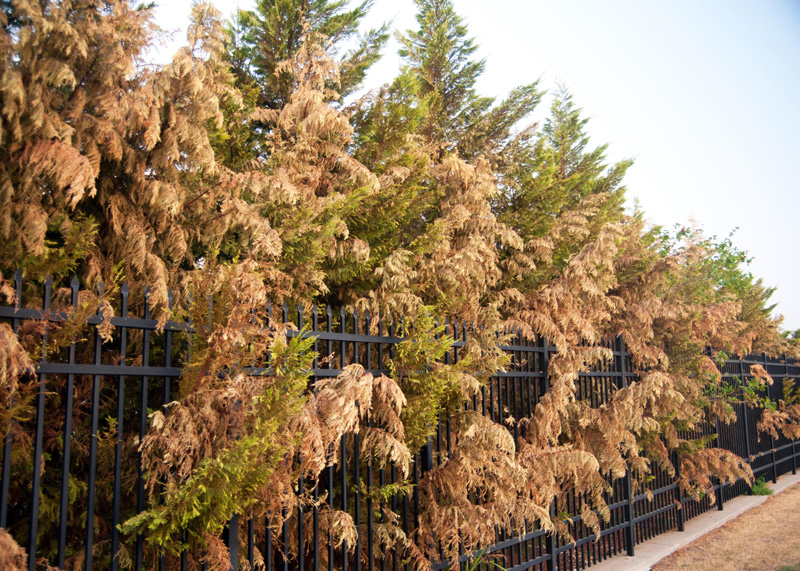
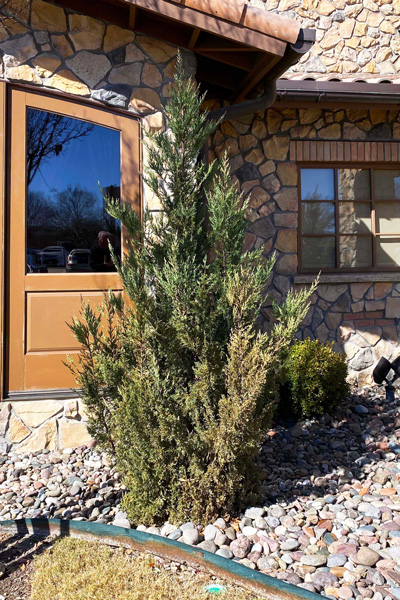
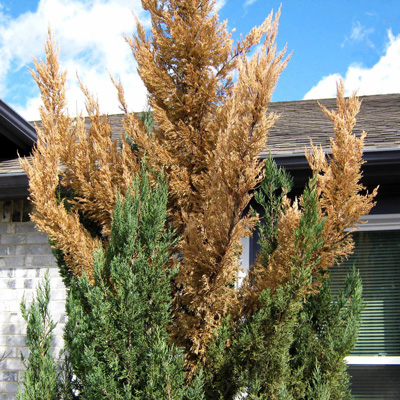
Jump ahead to spring 2024 and calls and letters started pouring in asking why this venerable old plant was suddenly dying out. Not by the thousands, but certainly a lot of them, and without any apparent reason.
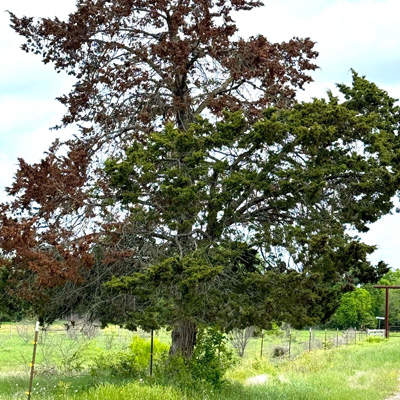
I started asking around 6 or 8 weeks ago, and I got several mixed answers. But I had a nice visit with Steve Houser, tree man beyond comparison (that’s my description, not an official title), and he gave me my first really sound leads. Steve was the founder and is the owner of Arborilogical Services of DFW (and an advertiser here in e-gardens I need to mention). He was also one of the very first people to be named Arborist of the Year here in Texas.
Steve said his teams have been seeing this across the Dallas/Fort Worth area, and they attribute it to weather temperatures of recent years and damage of cedar bark beetles.
Steve Houser’s comments…
• Cumulative weather conditions of drought/heat/extremely cold conditions/possibly wet soils a couple of those years all took their tolls on the health and vigor of the trees.
• As the trees were weakened by those stresses, the bark beetles moved in to finish them off.
• These problems appear to be more frequent on non-irrigated sites.
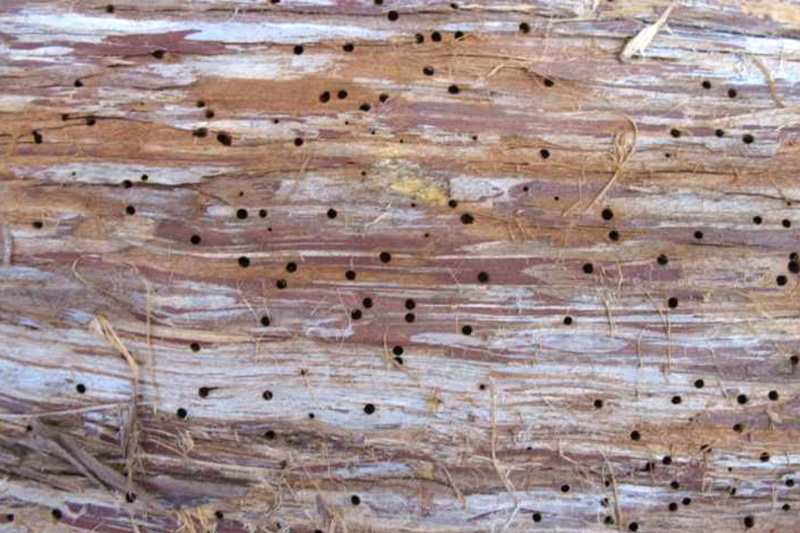
• The beetles result in tiny holes in the bark described as looking like shotgun holes.
• We have seen the bark beetles and associated borer activity before, but never enough to be responsible for killing cedars until this year.
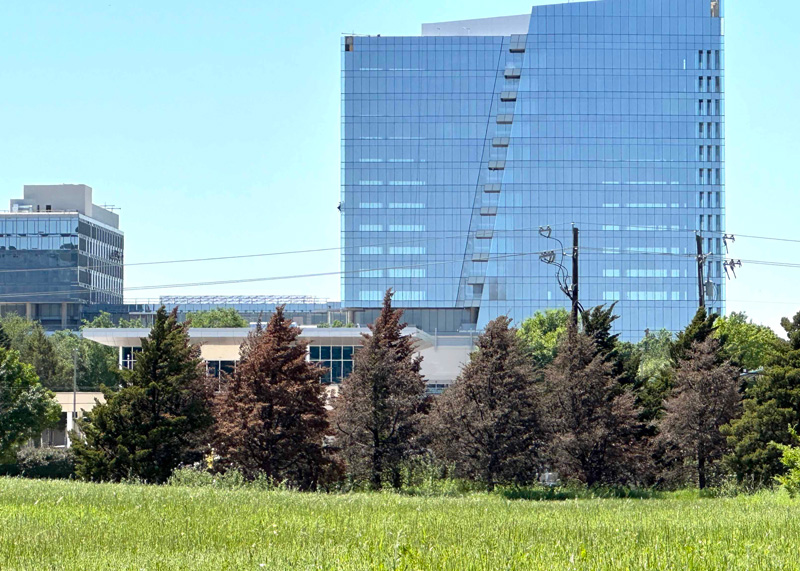
Having seen Steve’s description and a few photos his crews had taken in customers’ yards, I almost immediately saw this large planting of eastern redcedars in a commercial landscape. I didn’t go onto the private property to examine the trees closely, but this certainly fits the description of cedar bark beetle damage. I emailed it to Steve and he concurred. We both acknowledge that a close examination of the trunk and the bark would be the only way to confirm the diagnosis, however.
I also checked with the Texas Plant Disease Diagnostic Lab at Texas A&M to see if my friend Dr. Kevin Ong had also been receiving a barrage of questions. Indeed, he has. To a large degree, he concurred with what Steve had told me. Here is a Facebook post that Kevin prepared less than one month ago on the topic. In the event that you can’t open a Facebook link, click here to see a screen capture of that page.
Other useful reading…
Here are a couple of other very good fact sheets about this pest.
From the USDA Forest Health Protection Services. Take a look at the photo of the galleries of damage of the bark beetle in the sapwood. It’s another strong identifier.
From the Texas A&M Forest Service, here is their sheet specifically on this pest. It shows a photo of the adult beetle.
